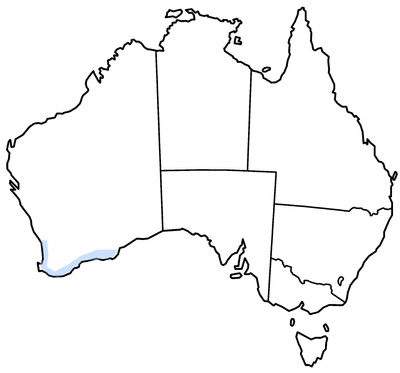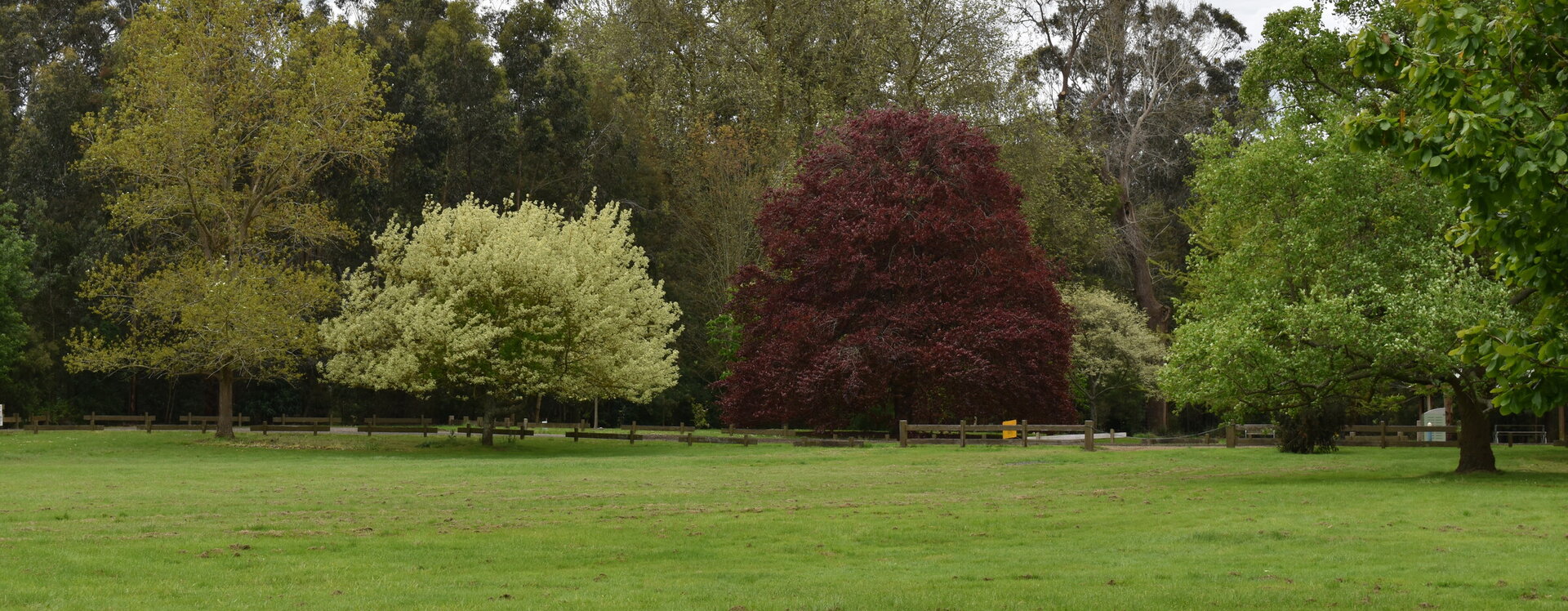


Kunzea baxteri
Kunzea
Kunzea baxteri, common name Crimson Kunzea, is a spreading shrub which usually grows to a height of between 1 and 3 m is and is endemic to the south-west of Western Australia. It has branches which are more or less hairy. The leaves are arranged alternately on a petiole 1–2 mm long and have a leaf blade that is usually 14–18mm long, 2.5–3.5 mm wide and oblong to elliptic in shape with hairs along the edges. The flowers are arranged in large, profuse, conspicuous, bottlebrush-like clusters, up to 10 cm long and 6 cm wide. The clusters usually contain between 16 and 30 flowers on the ends of branches which continue to grow during the flowering period. There are leaf-like bracts 5–9 mm long, 2–3 mm wide at the base of the flowers which fall off as the flowers open. The hypanthium is 7–9 mm long and hairy on the outside. There are five hairy, linear to lance-shaped sepals 4.5–6 mm long which remain on the maturing fruit. The five petals are deep red, round to egg-shaped with the narrower end towards the base and 3.5–5 mm long. There are between 40 and 50 bright red stamens 19–24 mm long around each flower, the stamens four or five times as long as the petals. Flowering is most prolific from July to September but often occurs as late as March, depending on rainfall. The fruit is a cup-shaped or urn-shaped capsule 8–10 mm long with the erect sepals attached. The fruit release the seeds when mature, unlike many others in the Myrtaceae family.
250.00 Location Many specimens form part of the Tarwin River bank restoration plantings. Planted in 2021.


